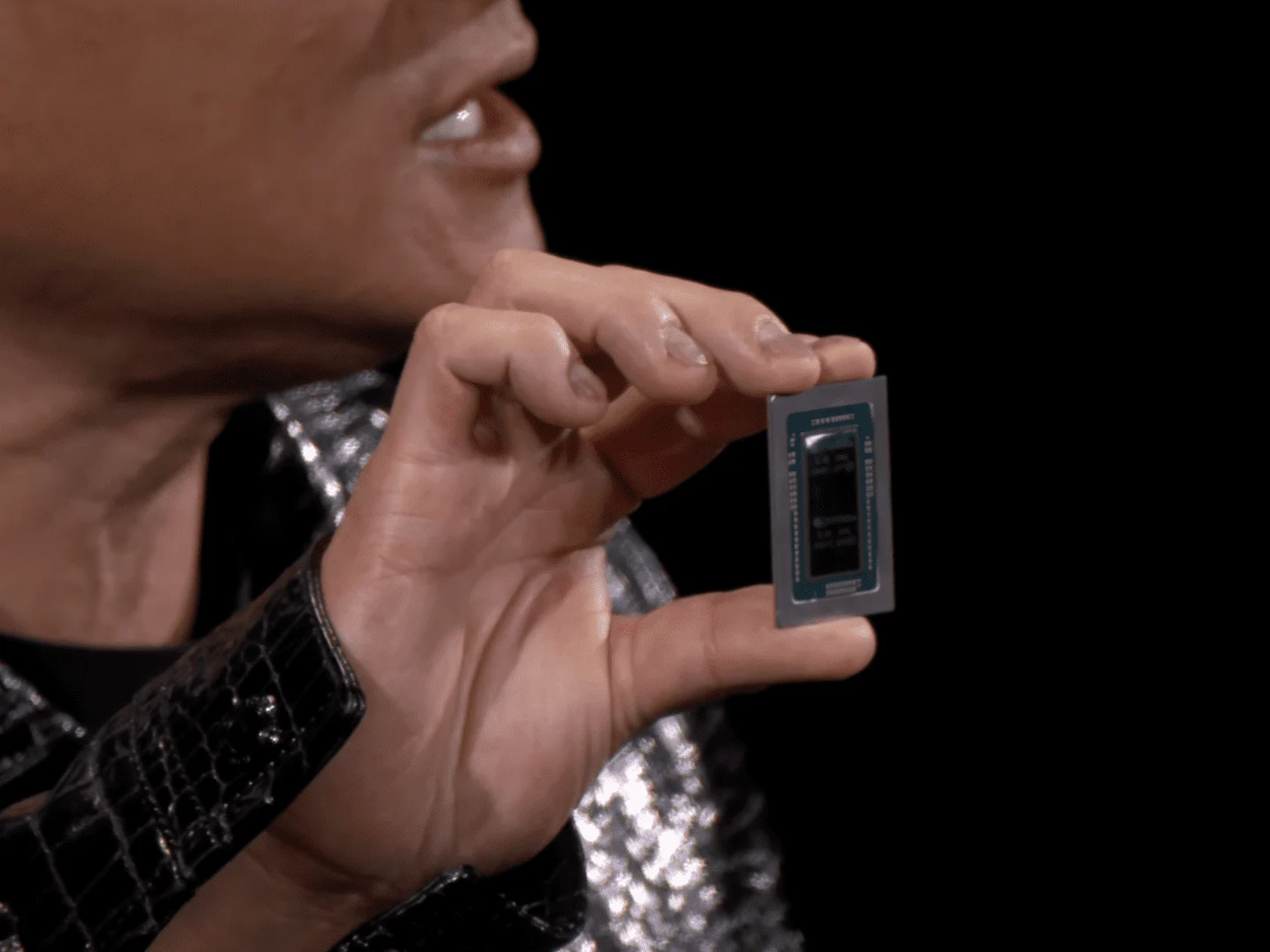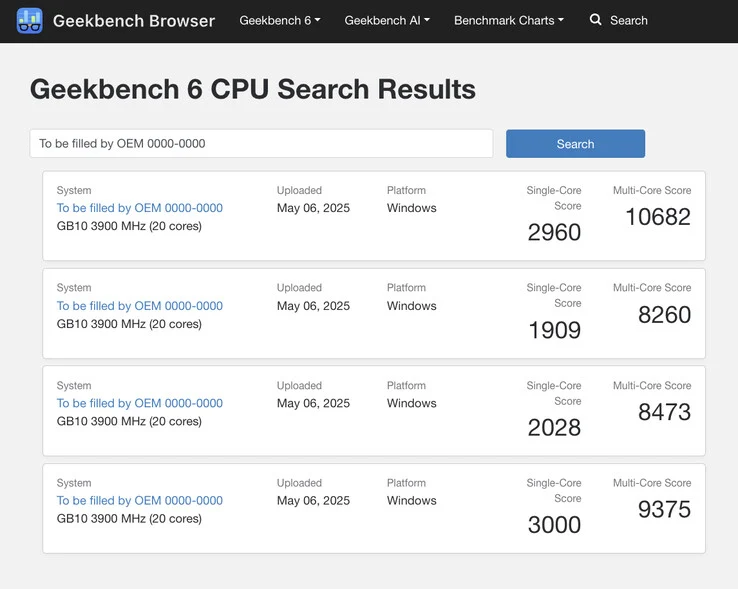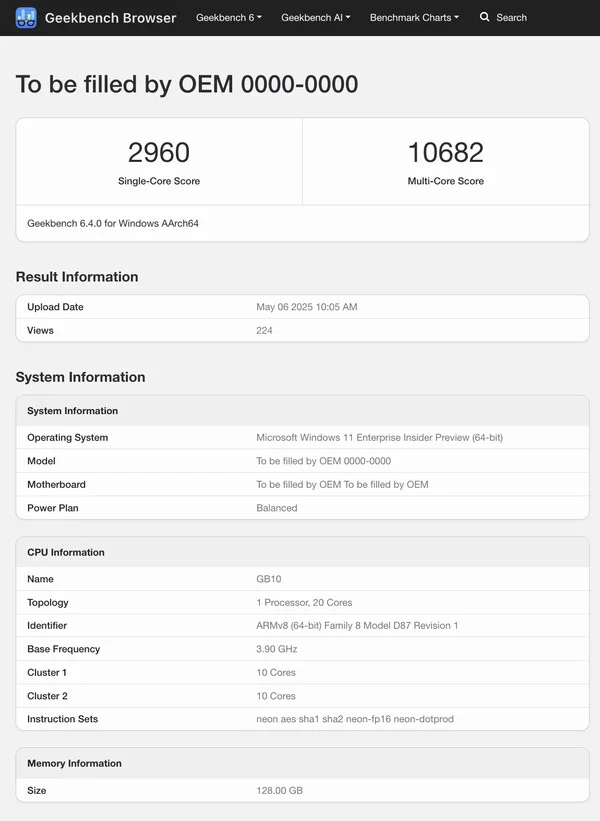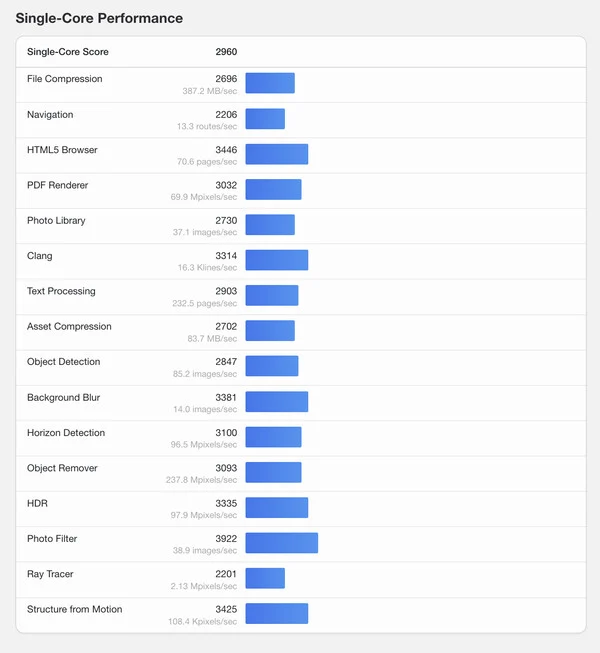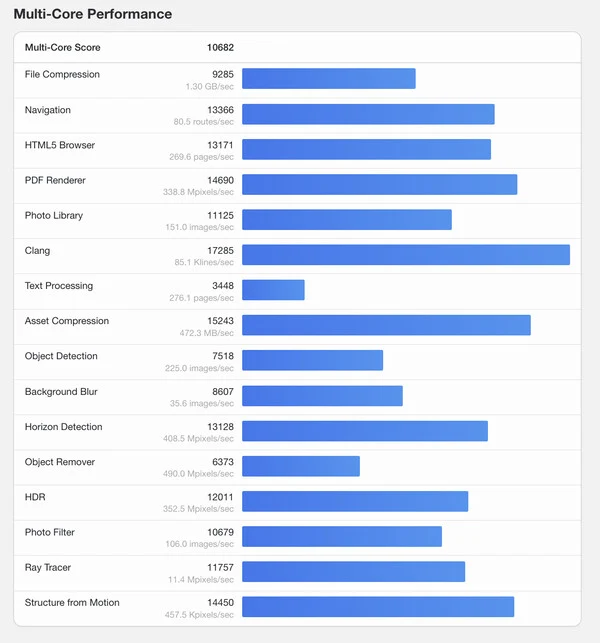Key Takeaways
1. Nvidia’s GB10 superchip features a 20-core ARM-based Grace CPU and a Blackwell GPU with 128 GB of unified memory, allowing both components to share resources.
2. The GB10 chip offers high-performance capabilities, achieving around 1000 TOPS in AI performance, comparable to the Nvidia RTX 5070.
3. The memory operates on a 256-bit bus with a speed of 273 GB/s, and it includes a dual-port ConnectX-7 network interface card for 200 GbE clustering.
4. GB10 systems are designed for GPU-heavy local AI tasks, with general computing performance being less impressive compared to competitors like Apple’s M3 SoC.
5. The pricing for systems like the DGX Spark is around $3,000, indicating that the upcoming Asus Ascent GX10 mini PC may have a similar price point.
Nvidia’s GB10 superchip is a real powerhouse of a System on a Chip (SoC). It features an ARM-based Grace CPU with 20 cores, combined with a Blackwell GPU and 128 GB of unified memory that both components can use. Asus is set to unveil its Ascent GX10 mini PC, which is equipped with the GB10 superchip, on the 22nd of this month, as noticed by VideoCardz.
Performance Across Vendors
Various manufacturers have launched systems powered by the Nvidia GB10, and the performance differences among them are expected to be slight. The Nvidia DIGITS, also known as DGX Spark, includes the GB10 chip and reveals some fascinating information about it. The 128 GB of unified memory operates on a 256-bit bus, which allows for a memory speed of 273 GB/s. Additionally, the dual-port ConnectX-7 network interface card is designed for 200 GbE clustering, making it essential for many high-end users.
AI Performance Metrics
Nvidia claims that the GB10 can achieve around 1000 TOPS, or 1 petaflop of AI performance (FP4). This means it should perform similarly to systems equipped with the Nvidia RTX 5070, which has a peak performance of about 988 TOPS. However, the Nvidia RTX 5080, currently priced at $1,699 on Amazon, surpasses it with over 1400 TOPS. It’s worth noting that the RTX 5070 has much quicker memory, clocking in at 673 GB/s.
Targeted Use Cases
It’s important to remember that GB10-powered systems are specifically aimed at GPU-heavy local AI tasks, and their performance in general computing is lacking. Recent leaks of benchmarks show that the 20-core ARM CPU in the GB10 is roughly on par with Apple’s 8-core M3 SoC, which is acceptable but not particularly impressive.
As for pricing, the DGX Spark is listed at $3,000, so it is likely that the Ascent GX10 from Asus will be in a similar price range. In comparison, Apple’s more expensive Mac Studio, which features the M3 Ultra SoC with an impressive 512 GB of unified memory at 800 GB/s, significantly outperforms the GB10 in terms of memory speed but fails to match it in raw AI capabilities.
Source:
Link



